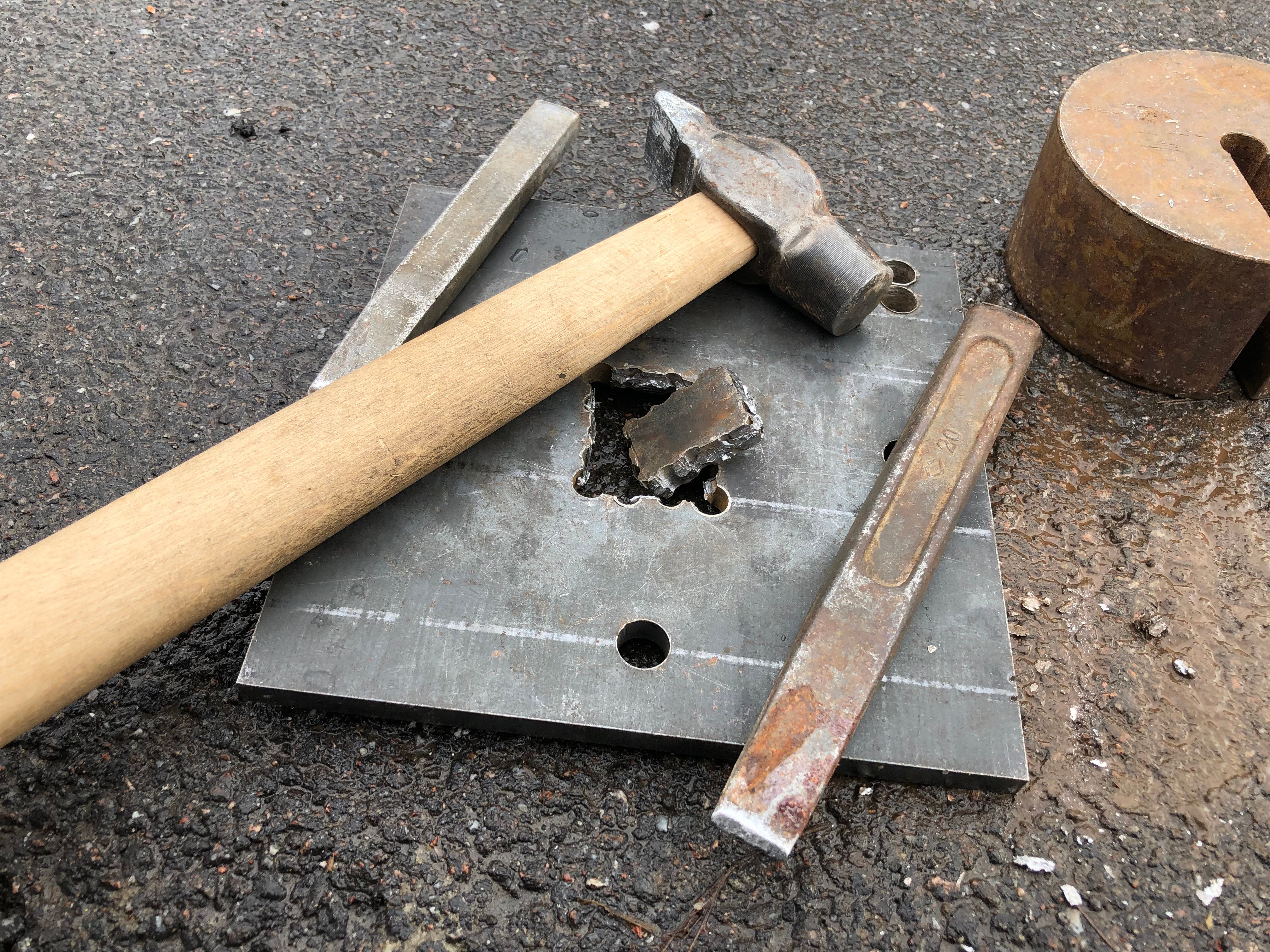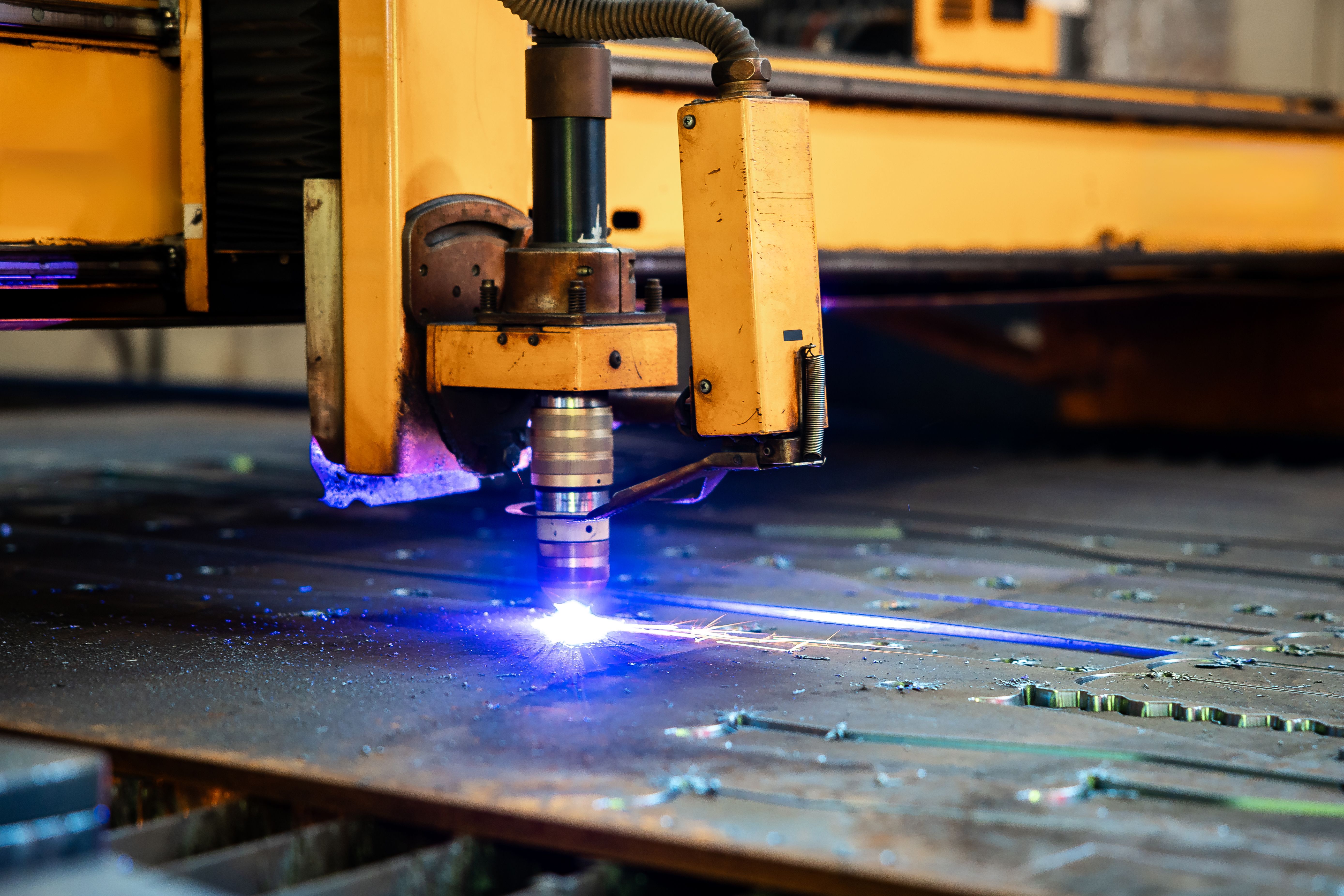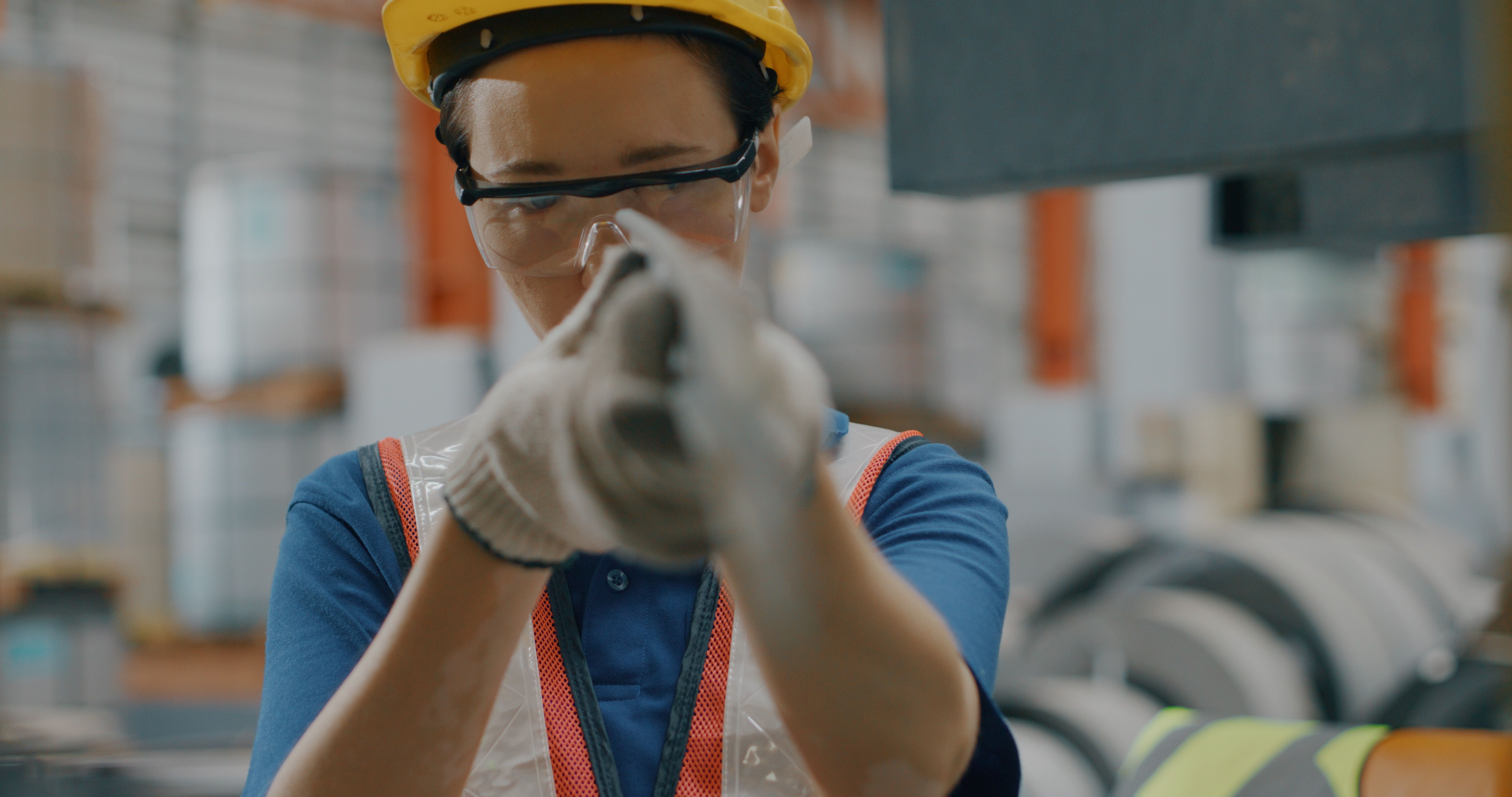آیا سوراخکاری آهن بدون دریل امکانپذیر است؟
RR
Introduction
Drilling holes in metal is a common task in various industries, but what if you don't have access to a drill? Is it possible to make holes in iron without one? While it may seem challenging, there are alternative methods available that can help you achieve this goal. In this post, we'll explore different techniques for making holes in iron without a drill.
Using a Punch and Hammer
One of the simplest methods to create holes in iron without a drill is by using a punch and hammer. This technique involves placing a punch on the metal surface where you want the hole and striking it with a hammer to create an indentation. By repeating this process, you can eventually create a hole. It's a manual process that requires patience and precision.

Employing a Chisel
Chisels are another tool that can be used to create holes in iron. This method involves marking the area where you want the hole and carefully chiseling away the metal. It's a more labor-intensive process but can be effective for small-scale projects. Ensure you use a high-quality chisel and maintain a steady hand to avoid damaging the material.
Using a Plasma Cutter
If you're looking for a more advanced method, a plasma cutter could be the answer. Plasma cutters utilize an electrical arc to cut through metal, including iron. They provide a cleaner and faster way to make holes compared to manual methods. However, they require specific equipment and safety precautions, making them more suitable for those with experience in metalworking.

Exploring Chemical Methods
Chemical methods, such as using acid, can also be employed to create holes in iron. These methods involve applying a corrosive chemical to the metal surface, allowing it to eat away the material and form a hole. This process requires careful handling of chemicals and protective gear to ensure safety. It's not as precise as mechanical methods but can be effective for specific purposes.
Considerations for Safety
When attempting to make holes in iron without a drill, safety should be a top priority. Always wear appropriate protective gear, such as gloves and goggles, to prevent injuries. Be cautious when handling chemicals or high-temperature equipment, and ensure you have a clear workspace to avoid accidents.

Limitations of Non-Drilling Methods
While these alternative methods can be effective, they come with limitations. Manual methods like using a punch, hammer, or chisel can be time-consuming and may not produce perfectly clean holes. Advanced techniques like plasma cutting require specialized equipment and skills. Consider the specific requirements of your project before choosing a method.
Conclusion
Drilling holes in iron without a drill is indeed possible, but it requires careful consideration of the available methods and tools. Whether you choose a manual approach or opt for more advanced techniques, understanding the pros and cons of each method will help you achieve the best results for your project.